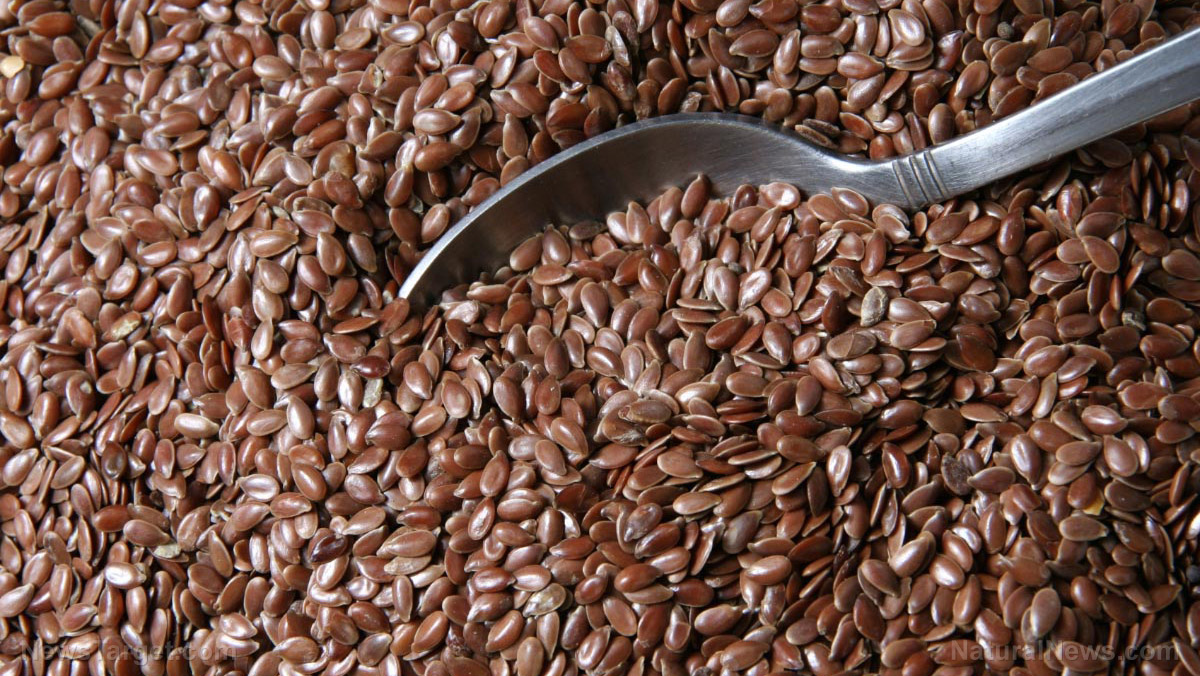
- Queuosine, a rare micronutrient from food and gut bacteria, is critical for brain function, memory, stress response and cancer defense—but until now, scientists didn’t know how our bodies absorb it.
- Researchers at University of Florida and Trinity College Dublin discovered the SLC35F2 gene, the long-sought "transporter" that allows queuosine to enter cells, solving a 30-year scientific mystery.
- Queuosine fine-tunes gene expression by modifying transfer RNA, influencing everything from learning to tumor suppression—yet most people have never heard of it.
- The breakthrough could lead to new therapies for neurological disorders, cancer and metabolic diseases by leveraging queuosine’s role in cellular health.
- The study highlights the power of the microbiome and diet in regulating genetic activity, opening doors for nutrition-based medical interventions.
The micronutrient that "fine-tunes" your genes
Queuosine was first discovered in the 1970s, but its importance was overshadowed by more well-known vitamins and minerals. Unlike vitamin C or iron, queuosine doesn’t operate in large quantities—it works at the molecular level, modifying tRNA to ensure precise protein synthesis. "It’s like a nutrient that fine-tunes how your body reads your genes," explained de Crécy-Lagard. "The idea that this small compound, which people have barely heard of, plays such an important role, is fascinating." Here’s how it works:- Queuosine enhances the accuracy of tRNA, reducing errors in protein production.
- It regulates oxidative stress, a key factor in aging and disease.
- It supports synaptic plasticity, the process by which neurons form new connections—critical for learning and memory.
- It inhibits tumor growth by improving cellular stress responses.
Why this discovery matters now
The identification of SLC35F2 isn’t just an academic victory—it’s a medical game-changer. Here’s why:- Queuosine’s role in tRNA modification makes it a potential target for anti-cancer therapies. Tumors rely on rapid protein synthesis, and queuosine’s regulatory effect could disrupt their growth.
- The gene SLC35F2 has been studied in cancer research before—but only in the context of drug delivery.
- Now, scientists can explore how natural queuosine levels might suppress tumors.
- Brain Health & Neurodegenerative Diseases
- Queuosine is critical for memory and learning. Deficiencies could contribute to cognitive decline, making it a potential target for Alzheimer’s and Parkinson’s research.
- Since queuosine is gut-derived, this discovery reinforces the gut-brain axis—the idea that intestinal health directly impacts neurological function.
- Nutrition & Longevity
- The finding suggests that dietary queuosine (found in dairy, meat and fermented foods) may be just as important as better-known nutrients.
- Future research could lead to queuosine-rich superfoods or supplements designed to optimize gene expression.
- Personalized Medicine
- Genetic variations in SLC35F2 could explain why some people are more susceptible to stress, metabolic disorders, or cancer.
- Testing for queuosine levels might become a routine part of blood work, allowing for tailored nutrition and medical plans.
A global effort: How collaboration cracked the code
This breakthrough wasn’t the work of a single lab—it required international teamwork. Researchers from UF, Trinity College Dublin, San Diego State University, Ohio State University and institutions in Northern Ireland pooled their expertise in genetics, biochemistry and microbiology. "We don’t think we could have cracked it without the full team," said de Crécy-Lagard. "It’s a perfect example of what international collaboration can achieve." The study was funded by multiple nations’ health agencies, including:- National Institutes of Health (NIH)
- Research Ireland (formerly Science Foundation Ireland)
- Health and Social Care in Northern Ireland
The future: Could queuosine be the next big thing in medicine?
With the SLC35F2 gene now identified, the next steps are exciting—and urgent:- Developing queuosine-based therapies
- Could queuosine supplements enhance cognitive function or slow tumor growth?
- Might gut microbiome transplants (fecal microbiota transplantation) be optimized to boost queuosine production?
- Exploring genetic variations
- Do some people have mutations in SLC35F2 that make them more prone to neurological or metabolic diseases?
- Could gene editing (like CRISPR) correct deficiencies?
- Nutritional interventions
- Which foods are richest in queuosine, and how can diets be adjusted to maximize absorption?
- Could fermented foods (like kimchi or kefir) be supercharged to deliver more queuosine?
- Cancer and neurodegenerative disease trials
- Clinical trials could test whether queuosine supplementation improves outcomes for Alzheimer’s, Parkinson’s or breast/prostate cancer patients.
A new chapter in nutrition and medicine begins
For decades, queuosine lurked in the shadows of medical research—an unsung hero in the body’s intricate machinery. Now, with the discovery of SLC35F2, scientists have unlocked the door to understanding how this micronutrient shapes our health. "This is just the beginning," said Kelly. "Now that we know how queuosine is transported, we can start asking bigger questions: How can we harness it to fight disease? How can we optimize it through diet? How does it interact with other genes?" One thing is clear: Queuosine is no longer a mystery—it’s a frontier. And in the coming years, it may just rewrite the rules of medicine, nutrition and longevity. Final Thought: "Sometimes, the most powerful secrets aren’t hidden in plain sight—they’re hidden in the spaces between our genes. Today, science just found one of the keys." Sources for this article include: ScienceDaily.com PNAS.org News.UFL.eduChallenging the mainstream: The NIPCC report on climate change
By Kevin Hughes // Share
Flaxseed: The nutrient-packed ancient seed that can boost modern meals
By Laura Harris // Share
8 Powerhouse substances to relieve mental fatigue
By News Editors // Share
Combat wrinkles naturally with a healthy diet
By Willow Tohi // Share
A viral video ignites federal firestorm over Minnesota fraud
By willowt // Share
Russia activates "unstoppable" Poseidon tsunami drone
By kevinhughes // Share
Russian FM Lavrov: Moscow will back China on Taiwan issue
By ramontomeydw // Share
The breakfast clock: Why timing your morning meal is a secret weapon against high cholesterol
By jacobthomas // Share
The Health Ranger's New Year Revolution: The ultimate guide to health, wealth and freedom
By kevinhughes // Share
"Absolute Healing" on BrightU: Experts explore COVID-19 as an engineered bioweapon
By jacobthomas // Share











